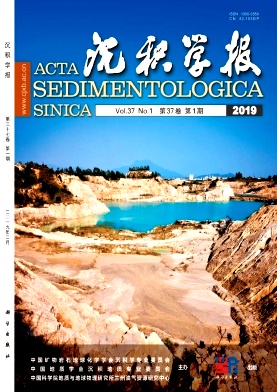Grain Size Characteristics of Sediments in a Dammed Lake: A case study of the Diexi Ancient Dammed Lake upstream of the Minjiang River
doi: 10.14027/j.issn.1000-0550.2018.104
- Received Date: 2017-11-14
- Rev Recd Date: 2018-02-05
- Publish Date: 2019-02-10
-
Key words:
- Diexi /
- dammed lake /
- grain size parameters /
- log-probability curve
Abstract: Material composition analysis, parameter calculation and statistics determined from log-probability curves were carried out on 149 samples collected from the Diexi ancient dammed lake upstream of the Minjiang River. Grain-size characteristics in different sedimentary environments were analyzed using related data, showing that upstream sediments in the lacustrine deposit are mainly composed of silty sand and sandy silt. However, midstream and downstream sediments are finer, consisting of clayey silt and silt. Because of disturbance by the river, upstream lacustrine sediments are coarser, with mean particle size between 4 to 6 φ, with negative skewness, wide, flat kurtosis and poor sorting. Midstream and downstream sediments are relatively fine (average particle size 6-8 φ), with positive skewness, medium kurtosis and better sorting. The sediments in the dammed lake are made up of three or four separate log-normal populations, depending on their location. Sediments in the upstream deposit consist of four log-normal populations; midstream and downstream sediments comprise three log-normal populations. The amount of surface creep population is largely provenance-controlled, with a larger percentage of this population upstream than midstream or downstream, indicating obviously different transport mode and sedimentary environments. Notable features of these sediments compared to other sedimentary environments are the poorly sorted saltation population and a truncation point toward finer sizes.
| Citation: | XU Hui, CHEN Jian, CUI ZhiJiu, GUO Pei. Grain Size Characteristics of Sediments in a Dammed Lake: A case study of the Diexi Ancient Dammed Lake upstream of the Minjiang River[J]. Acta Sedimentologica Sinica, 2019, 37(1): 51-61. doi: 10.14027/j.issn.1000-0550.2018.104 |






 DownLoad:
DownLoad: